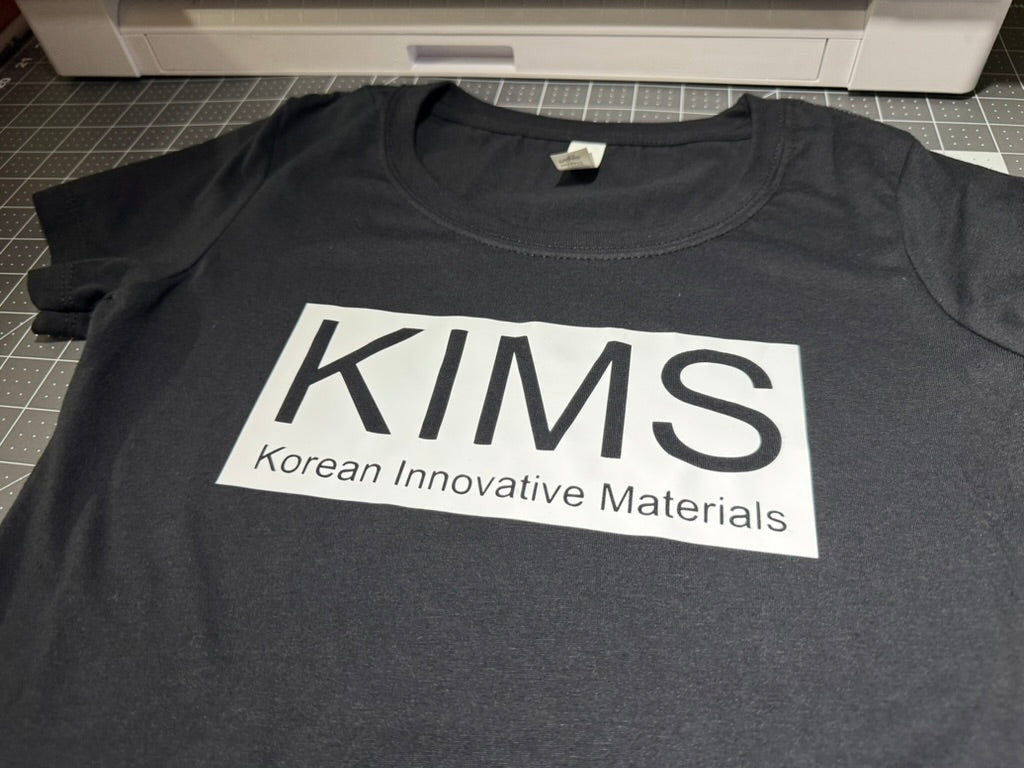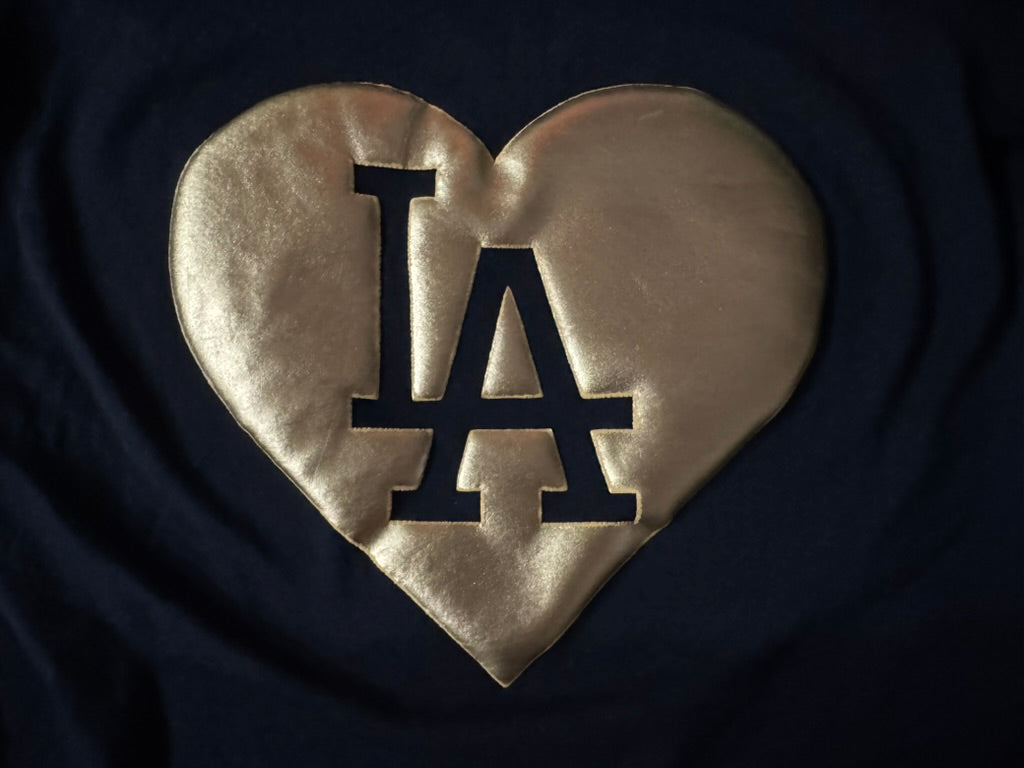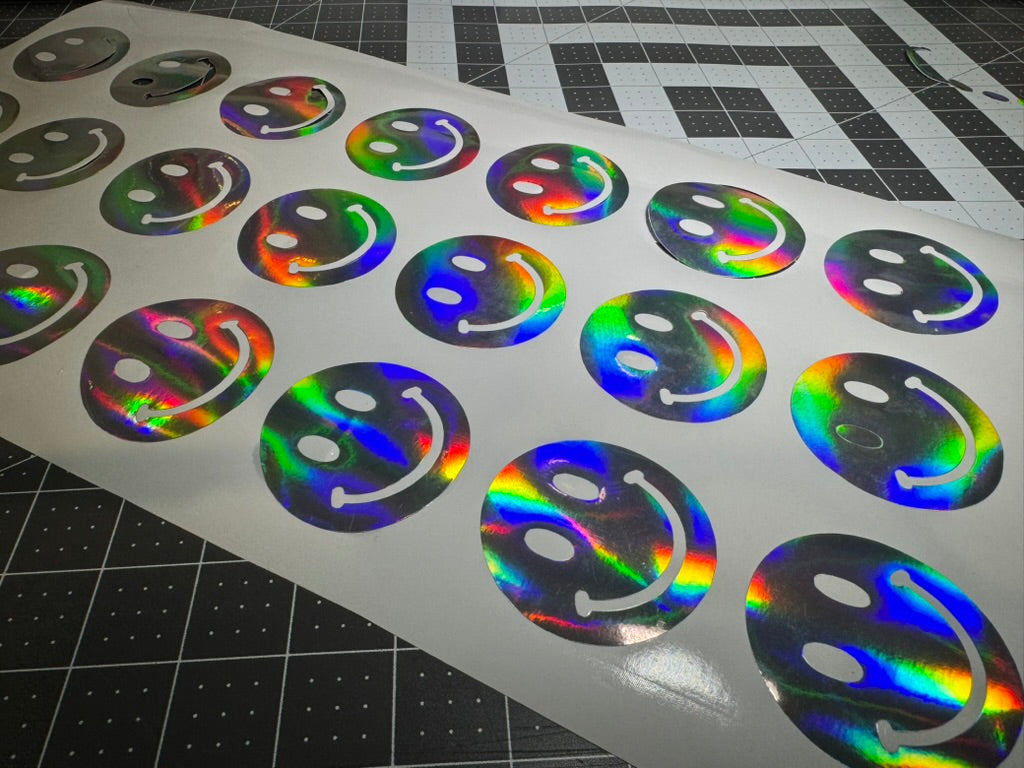Introduction
Custom vinyl stickers are used across industries for branding, decoration, and personalization. While vinyl is known for its durability and flexibility, it is still affected by environmental and application-related factors.
Peeling edges, trapped air bubbles, and faded colors are among the most common problems users encounter. These issues can reduce the visual quality of the sticker and may affect how long it stays in place.
Understanding the causes of these problems is the first step toward improving application outcomes and extending the lifespan of vinyl decals.
Understanding Why Stickers Peel, Bubble, And Fade
Peeling, bubbling, and fading occur due to specific causes that can often be traced to application methods, surface compatibility, or environmental exposure.
Peeling typically starts at the edges when surface oils, dust, or moisture prevent proper adhesion. When vinyl is applied to textured, dirty, or incompatible surfaces, the adhesive can't form a strong bond.
Bubbling happens when air gets trapped during application. If you don't smooth the sticker from the center outward, air pockets can form under the vinyl. Temperature and humidity also affect how easily bubbles form.
Fading results from UV light exposure breaking down the pigments in the vinyl. Outdoor stickers fade faster than those used indoors, with sunlight, rain, and temperature changes accelerating the process.
Different surfaces affect how well stickers adhere. Glass and metal provide smooth surfaces that bond well with vinyl adhesives, while plastic surfaces (especially polyethylene or polypropylene) may resist adhesion.
7 Expert Solutions For Peeling, Bubbling, And Fading
1. Proper Surface Cleaning
Stickers stick best to clean surfaces free of oils, dust, and moisture. For glass and metal surfaces, isopropyl alcohol works well to remove residue without leaving moisture behind. For plastics, a mild soap solution followed by thorough drying helps prepare the surface.
-
Oil removal matters: Fingerprint oils create an invisible barrier between the adhesive and surface
-
Drying time counts: Allow surfaces to dry completely before application
-
Avoid household cleaners: Many contain additives that leave residues that interfere with adhesion
2. Choosing The Right Vinyl And Adhesive
Not all vinyl stickers are created equal. The type of vinyl and adhesive significantly impacts how well it performs on different surfaces and in various environments.
|
Vinyl Type |
Best For |
Durability |
Adhesive Type |
|---|---|---|---|
|
Cast Vinyl |
Vehicles, curves, outdoor |
5–7 years |
Permanent/Removable |
|
Calendered Vinyl |
Flat indoor surfaces |
1–3 years |
Permanent/Removable |
|
Polymeric Vinyl |
Outdoor signs, moderate curves |
3–5 years |
Permanent |
|
Monomeric Vinyl |
Short-term indoor use |
1–2 years |
Removable |
Cast vinyl is thin and flexible, making it ideal for complex surfaces. Calendered vinyl is thicker and best for flat surfaces. For outdoor applications, look for vinyl with UV-resistant properties to prevent fading.
3. Correct Application Techniques
The way you apply a vinyl sticker greatly affects whether it will bubble or peel later. The hinge method works well for precise placement without bubbles.
To use this method, place your sticker in position and apply a piece of tape along one edge to create a hinge. Flip the sticker back, remove the backing paper, and slowly press the sticker down using a squeegee or credit card. Work from the center outward to push air bubbles to the edges.
For curved surfaces, apply the sticker in small sections rather than all at once. This prevents stretching and tension that can lead to lifting edges.
4. Using Heat Or Wet Application Methods
For difficult surfaces or large stickers, heat or wet application can improve results.
Heat application involves using a hair dryer or heat gun to warm the vinyl, making it more flexible and conformable to curved or textured surfaces. Gentle heat can also reactivate adhesive on stickers that have started to peel.
Wet application uses a light soap and water solution sprayed on the surface before placing the sticker. This allows for repositioning and helps eliminate air bubbles. After positioning, press out the moisture and let the sticker dry completely.
5. Sealing And Protecting Against UV
To prevent fading and extend the life of vinyl stickers, especially those used outdoors, protective measures can help.
|
Protection Method |
Pros |
Cons |
|---|---|---|
|
Lamination |
Maximum UV/water protection |
Adds cost, requires tools |
|
Clear Coat Sealer |
Easy to apply, affordable |
May yellow over time |
|
No Protection |
No extra cost |
Fading, damage likely |
Lamination involves applying a clear vinyl overlay that blocks UV rays and creates a physical barrier against moisture and abrasion. Clear coat sealers are spray or brush-on products that create a protective layer over the sticker.
6. Fixing Peeling Vinyl Decals And Bubbles
If your vinyl stickers are already showing problems, you can often repair them instead of replacing them.
For peeling edges, clean the lifted area with isopropyl alcohol and let it dry. Apply gentle heat with a hair dryer to soften the vinyl and reactivate the adhesive. Press firmly and hold until the area cools.
For bubbles, use a fine pin to make a tiny hole at the edge of the bubble. Press the air out through the hole and smooth the vinyl flat. For larger bubbles, you might need to make multiple small holes.
7. Steps To Restore Faded Vinyl
While severely faded vinyl may need replacement, minor fading can sometimes be improved:
-
Clean the sticker gently with soap and water
-
Apply a vinyl restorer product designed to enhance color and shine
-
Consider a UV protectant spray to prevent further fading
For best results, address fading early before the vinyl becomes brittle or cracks develop.
Surface Preparation And Adhesive Vinyl Application
Proper surface preparation is crucial for successful vinyl sticker application. Different surfaces require specific preparation techniques.
Start by cleaning the surface thoroughly. For most surfaces, isopropyl alcohol (91% or higher) works well because it evaporates quickly without leaving residue. Avoid touching the cleaned area with bare hands, as skin oils transfer easily and reduce adhesion.
Temperature affects how well adhesives bond. The ideal application temperature range is between 50°F and 90°F (10°C–32°C). In colder conditions, adhesives become less tacky, while in extreme heat, they can become too soft and gummy.
After application, the adhesive needs time to cure fully. Allow 24 hours before exposing the sticker to water, heavy handling, or harsh conditions. This curing period allows the adhesive to reach maximum strength and helps prevent early failure.
Tips To Prevent Sticker Bubbling And Peeling
Even after perfect application, ongoing care helps keep vinyl stickers looking good longer. Environmental factors play a major role in sticker longevity.
Direct sunlight is one of the biggest threats to vinyl stickers. UV rays break down both the vinyl and the adhesive, leading to fading and peeling. When possible, position stickers away from direct sun exposure or use UV-resistant vinyl for outdoor applications.
Edge sealing can dramatically improve durability for stickers in harsh environments. By applying a thin clear edge sealer around the perimeter of the sticker, you create a barrier that prevents moisture and dirt from getting under the edges.
Different applications face different challenges:
|
Application Type |
Preventative Measures |
|---|---|
|
Indoor |
Clean surfaces, avoid humidity, regular dusting |
|
Outdoor |
Use UV laminate, edge sealing, avoid harsh chemicals |
|
Vehicle |
Use cast vinyl, heat application, park in shade |
|
Water bottle/tumbler |
Use dishwasher-safe vinyl, hand wash only, avoid soaking |
For water bottles and tumblers, hand washing is gentler than dishwashers, which can subject stickers to high heat and strong detergents that degrade adhesives.
Common Mistakes To Avoid With Custom Vinyl Decals
Many vinyl sticker problems stem from simple mistakes during preparation or application:
-
Rushing the application: Taking time to clean, position, and apply carefully prevents bubbles and misalignment
-
Using harsh cleaners: Residues from strong cleaners create barriers between the adhesive and surface
-
Applying in extreme temperatures: Adhesives work best within moderate temperature ranges
-
Not allowing cure time: Using or washing items too soon after applying stickers weakens the bond
Another common mistake is stretching vinyl too much during application. Overstretched vinyl tries to return to its original shape, creating tension that can cause edges to lift over time.
Elevate Your Custom Vinyl Projects With Reliable Materials
The quality of vinyl materials significantly impacts performance and longevity. Premium vinyl is less likely to shrink, crack, or fade when exposed to environmental stressors.
Cast vinyl maintains its shape and color longer than calendered vinyl because of its manufacturing process. Similarly, adhesives formulated for specific surfaces and conditions provide more reliable performance than general-purpose options.
For projects requiring maximum durability, look for vinyl with proven weather resistance and dimensional stability. These materials may cost more initially but often deliver better value through extended usable life and fewer replacements.
KIMS Direct offers vinyl rolls and heat transfer products engineered to maintain color vibrancy and adhesion across various applications. Their materials feature consistent thickness and predictable performance, making them suitable for both beginners and professionals.
FAQs About Vinyl Sticker Troubleshooting
How do you fix vinyl stickers that are already peeling?
Clean the lifted edges with isopropyl alcohol, apply gentle heat with a hair dryer to reactivate the adhesive, press firmly, and consider sealing the edges with a clear coat to prevent future lifting.
What causes bubbles in vinyl stickers after application?
Bubbles form when air gets trapped during application, typically from improper squeegee technique, rushing the process, or applying to uneven or dirty surfaces.
How can you protect outdoor vinyl stickers from fading?
Apply a UV-resistant laminate over the design, use high-quality UV-resistant vinyl from the start, and position stickers away from direct southern exposure when possible.
Which surfaces are most difficult for vinyl sticker adhesion?
Low-energy plastic surfaces like polypropylene, silicone, and powder-coated materials are most challenging for vinyl adhesion, requiring specialized high-tack adhesives or surface primers.
How long should vinyl stickers last before showing signs of wear?
Quality vinyl stickers typically last 3-5 years outdoors and 7+ years indoors before showing significant wear, though this varies based on environmental conditions and vinyl quality.







